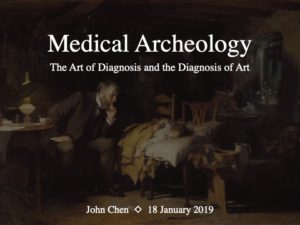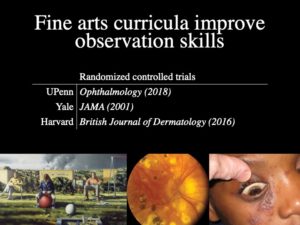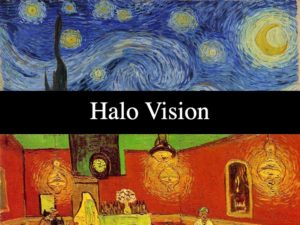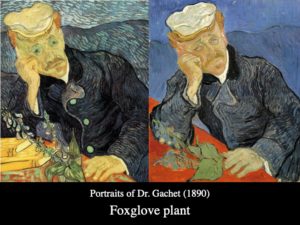Pursuing Cardiology As a Medical Student/Resident
As an Early Career blogger for the AHA, I wanted to write my final blog post on advice for those interested in pursuing cardiology. My interest in cardiology began during my first year of medical school, and now as I am applying to become a fellow, I wanted to look back at the last 7 years.
Medical school
As a medical student, it can be difficult to know what field you would like to pursue. Although some may know from the beginning what they would like to specialize in, the majority of students must use their time during their clinical years to explore different fields. Given this, I would advise students to focus on getting a good background in all aspects of medicine during medical school. Take as much in from your exposure to each field. Do well on your boards, take ownership of the patients you see and read as much as you can.
So as a first or second year how can you know if cardiology is a field you should consider? Well, what made me interested in the field during those years was the physiology behind the mechanics of the heart. It made intuitive sense. The time I spent reading Lilly’s Pathophysiology of Heart Disease did not feel like studying. This inspired me to sign up for electives in cardiology later on in medical school. During third and fourth year, rotating on a cardiology consult service or a CCU service can help you see the day to day life of cardiologist. It exposes you to the common consults and admissions in the field. It also allows you to get to know the type of personalities in cardiology. If you are interested, get involved in research projects.
Internal Medicine Residency
In the beginning of my residency, my advisor told me that before one could become a great cardiologist, they must become a great internist. This is something that I heard echoed by cardiology program directors during this past year’s AHA Scientific Sessions. A passion for patient care and an understanding of the intricacies of internal medicine are paramount in the path of a future cardiology fellow.
Be a good citizen in your program. Complete all your administrative duties on time. Be the one that chiefs can rely on when scheduling difficulties occur. Residency is not just about being smart but being reliable and hardworking. This makes you stand out.
While on the wards, incorporate the use of ultrasound in your daily practice. Try and volunteer for procedure and make it a goal to become comfortable with central and arterial lines.
Depending on your interests in cardiology, as a medicine resident it is worthwhile to get involved in a research project. It is important to truly have a passion for the research topic you decide to study. Whether it is because a patient you saw was affected by what you are researching, or if you have background in that topic, it is important to have a connection with the research topic. This is what drives you to spend your time outside of the hospital working on the research project. Attempting to work on a project in the name of “just having research” is a recipe for burnout and you will likely not complete the project.
Show case your research either through presentations at the AHA Scientific Sessions poster session or the American College of Cardiology meeting. Recognize that the deadline for abstract submission for these conferences are months before the meeting. Besides presenting, networking and sitting in on lectures important topics in cardiology. It is inspiring and will further your aspiration to work hard.
Finally, make sure to begin working on your application, specifically the personal statement early.
What was your experience applying to cardiology?





